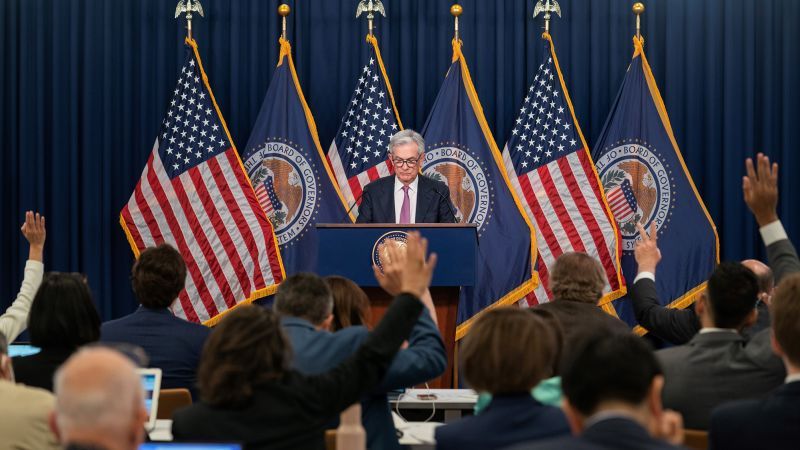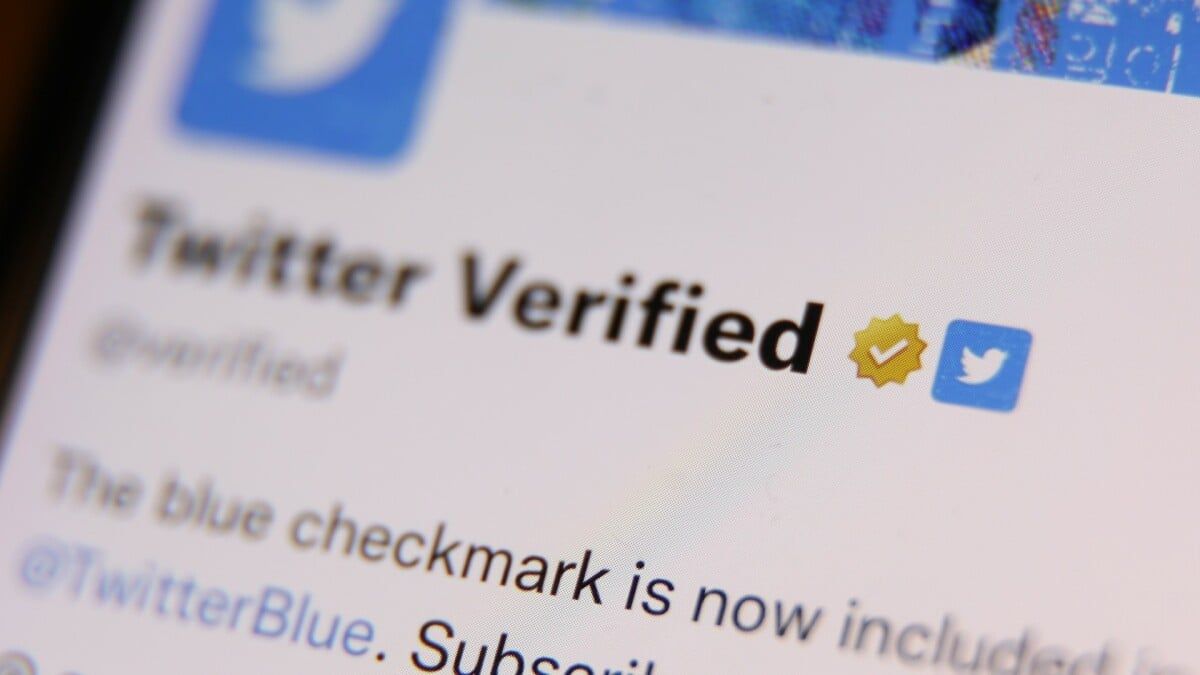The Fed has paused before. Here's what happened next
New York CNN —
The Federal Reserve is at a crucial fork in the road after leaving interest rates unchanged at its June meeting for the first time since March 2022.
One road — continuing to raise interest rates to lower inflation — could lead to a recession. That would happen if the Fed ends up raising rates too high, causing businesses and consumers to cut back so significantly on spending that employers have to lay off masses of workers.
The other road — taking more time to gauge the economy’s health — could undo the progress that has been made in getting inflation closer to the Fed’s 2% target. That’s because consumers might not have an adequate reason to stop spending, which would funnel right back into higher prices.
Traders are convinced the Fed will pick the first option at its meeting this week, according to the CME FedWatch Tool. But there’s less of a consensus as to which road the Fed will take at future meetings.
The Fed had a similar predicament in 2006
After raising interest rates 17 consecutive times between June 2004 and June 2006, Fed officials became concerned that they could inadvertently damage the economy if they continued to hike rates.
Former Federal Reserve Chair Ben Bernanke testified before the Senate Banking Committee in Washington, D.C., on July 19, 2006. Bernanke laid out the groundwork for a pause in interest rate increases, saying policy makers must be wary of lifting borrowing costs too high. David Scull/Bloomberg/Getty Images
At the time, they were starting to see hints of a housing downturn — but it wasn’t yet clear just how bad it would eventually turn out to be. Meanwhile, inflation was showing signs of improvement but remained above the central bank’s target, according to the Fed’s preferred inflation gauge, the Personal Consumption Expenditures price index.
The case for continuing the pause
The Fed’s initial decision to stop raising rates further came in August 2006 after June’s quarter-point hike. When the Fed met again in September, many officials expressed concerns that raising interest rates after a short, six-week pause would broadcast the wrong message.
“We told the public that we paused to assess incoming data, and I think it requires more than one meeting’s worth of data to assess that,” Michael Moskow, the former Chicago Fed president, said at the Fed’s August 2006 meeting, according to an archived Fed transcript. “In fact, if we did move today, it would be a signal that we are just reacting to little snippets of information, and we are trying to dissuade people from thinking that,” he added.
Officials also warned that given the time it takes for the effects of rate hikes to be felt across the economy, they could end up overtightening.
Nevertheless, they generally agreed that they wouldn’t shy away from hiking rates again if inflation started to heat up once more. That’s why officials stressed the importance of keeping a line in their September meeting’s policy statement explaining their decision to maintain the pause — and leaving the door open to potentially more rate hikes.
Ultimately, the Fed held off on hiking rates again until 2015, when officials felt the economy had significantly recovered from the Great Recession.
The case for hiking again
Officials raised concerns that leaving rates unchanged at a time when inflation was above their target could result in persistently high inflation.
That could happen if people become accustomed to higher inflation, leading businesses to continue to raise prices. As a result, it could require more rate hikes in the future to get inflation down.
“If inflation is less persistent and we assume it is not and take a conservative policy stance, inflation should retreat quickly and help shore up our credibility,” said Cathy Minehan, the former Boston Fed president, at the September 2006 meeting. “Choosing a weaker stance and being wrong about it could be quite costly.”
But that wasn’t enough of a reason for her to vote for hiking rates just yet. It was enough, however, for Jeffrey Lacker, president of the Richmond Fed at the time, who was the only official that favored hiking rates at the September 2006 meeting.
“Tolerating a rise in inflation to avoid a point of no return and recession is, I think, a grave error. I think that the experience of the ’70s is strong evidence of that,” he said at the meeting. Lacker continued to be the sole Fed official who favored raising interest rates until his term expired at the end of the year.
But as the economic outlook began to look unquestionably bleak in the lead-up to the Great Recession, officials unanimously voted to slash interest rates by half a point in September 2007 after leaving rates unchanged from the last rate hike in June 2006.
What the current Fed could learn from the 2006 experience
Federal Reserve Chair Jerome Powell addressed reporters on June 14, 2023 after the central bank kept the target range of the federal funds rate unchanged at 5 percent to 5.25 percent, following 10 consecutive hikes since March 2022. Liu Jie/Xinhua/Getty Images
It’s common practice for the Fed to draw from past experiences since they are “the only guide that any central bank has about how to operate,” said Athanasios Orphanides, a Massachusetts Institute of Technology professor who previously advised officials at the Fed and European Central Bank.
The Fed will undoubtedly be looking back at its actions from 2005 to 2007, he said.
“Both now and back then in 2006, the issue was policy needed to be tight because inflation was what the committee considered inconsistent with price stability.”
Austan Goolsbee, the current president of the Chicago Fed, said in an interview last month that the Fed is experiencing a lot of 2006 déjà vu. But at the same time, there are important distinctions.
The recovery from the Covid-induced recession doesn’t “look anything like any previous business cycle,” he said during an interview last month at The Wall Street Journal’s Global Food Forum in Chicago. “And so historical analogies are always imperfect at best for what we’re dealing with now.”
That said, “it can be helpful to look at past decisions and see what factors were in play and what surprises came with the policy decisions when planning broadly similar actions,” said William English, a former Fed staff member who is now at Yale University.
But the 2006 experience alone won’t really help point officials in the right direction, he added. “It’s pretty easy to believe that the Fed will find that it didn’t raise rates enough and so choose to raise rates somewhat further before stopping and, later on, reducing rates,” he said. “Of course, the uncertainty cuts both ways, and the Fed could end up reducing rates fairly quickly.”
That’s why, he said, “the Fed will be looking at a number of past interest rate turning points as it tries to decide on how to proceed now.”
In his view, the most similar tightening cycle was from 1994 to 1995.
“As was the case this time, the committee waited to raise rates to be sure the economy was on the right track and then raised rates very quickly, with 50 and 75 basis point moves,” he said. Fed officials then opted for a pause in the fall of 1994 and raised rates further in the winter. Soon afterwards, they cut rates — but not nearly as much as they had in 2008.
“The path for policy will depend on how the economy evolves,” English said of the current situation.
Source: CNN


